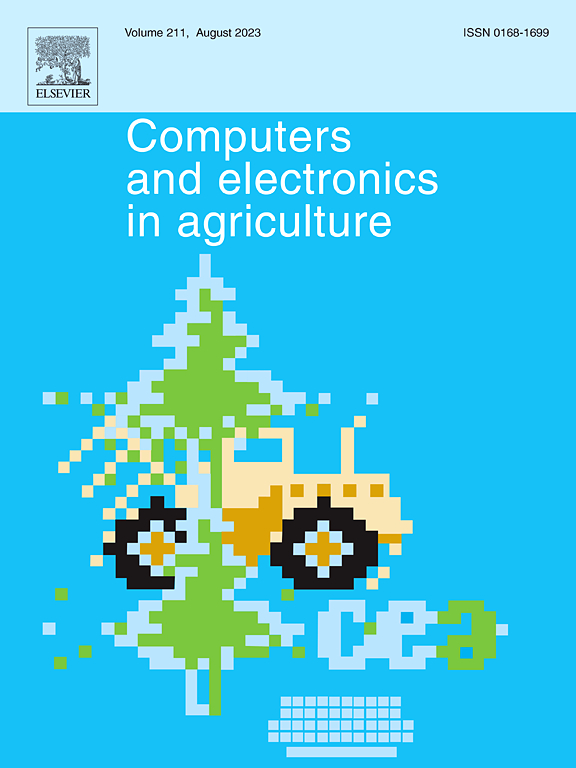Comparing different statistical models for predicting greenhouse gas emissions, energy-, and nitrogen intensity
IF 7.7
1区 农林科学
Q1 AGRICULTURE, MULTIDISCIPLINARY
引用次数: 0
Abstract
To evaluate the environmental impact across multiple dairy farms cost-effectively, the methodological framework for environmental assessments may be redefined. This article aims to assess the ability of various statistical tools to predict impact assessment made from a Life Cyle Assessment (LCA). The different models predicted estimates of Greenhouse Gas (GHG) emissions, Energy (E) and Nitrogen (N) intensity. The functional unit in the study was defined as 2.78 MJMM human-edible energy from milk and meat. This amount is equivalent to the edible energy in one kg of energy-corrected milk but includes energy from milk and meat. The GHG emissions (GWP100) were calculated as kg CO2-eq per number of FU delivered, E intensity as fossil and renewable energy used divided by number of FU delivered, and N intensity as kg N imported and produced divided by kg N delivered in milk or meat (kg N/kg N). These predictions were based on 24 independent variables describing farm characteristics, management, use of external inputs, and dairy herd characteristics.
All models were able to moderately estimate the results from the LCA calculations. However, their precision was low. Artificial Neural Network (ANN) was best for predicting GHG emissions on the test dataset, (RMSE = 0.50, R2 = 0.86), followed by Multiple Linear Regression (MLR) (RMSE = 0.68, R2 = 0.74). For E intensity, the Supported Vector Machine (SVM) model was performing best, (RMSE = 0.68, R2 = 0.73), followed by ANN (RMSE = 0.55, R2 = 0.71,) and Gradient Boosting Machine (GBM) (RMSE = 0.55, R2 = 0.71). For N intensity predictions the Multiple Linear Regression (MLR) (RMSE = 0.36, R2 = 0.89) and Lasso regression (RMSE = 0.36, R2 = 0.88), followed by the ANN (RMSE = 0.41, R2 = 0.86,). In this study, machine learning provided some benefits in prediction of GHG emission, over simpler models like Multiple Linear Regressions with backward selection. This benefit was limited for N and E intensity. The precision of predictions improved most when including the variables “fertiliser import nitrogen” (kg N/ha) and “proportion of milking cows” (number of dairy cows/number of all cattle) for predicting GHG emission across the different models. The inclusion of “fertiliser import nitrogen” was also important across the different models and prediction of E and N intensity.
求助全文
约1分钟内获得全文
求助全文
来源期刊

Computers and Electronics in Agriculture
工程技术-计算机:跨学科应用
CiteScore
15.30
自引率
14.50%
发文量
800
审稿时长
62 days
期刊介绍:
Computers and Electronics in Agriculture provides international coverage of advancements in computer hardware, software, electronic instrumentation, and control systems applied to agricultural challenges. Encompassing agronomy, horticulture, forestry, aquaculture, and animal farming, the journal publishes original papers, reviews, and applications notes. It explores the use of computers and electronics in plant or animal agricultural production, covering topics like agricultural soils, water, pests, controlled environments, and waste. The scope extends to on-farm post-harvest operations and relevant technologies, including artificial intelligence, sensors, machine vision, robotics, networking, and simulation modeling. Its companion journal, Smart Agricultural Technology, continues the focus on smart applications in production agriculture.
 求助内容:
求助内容: 应助结果提醒方式:
应助结果提醒方式:


